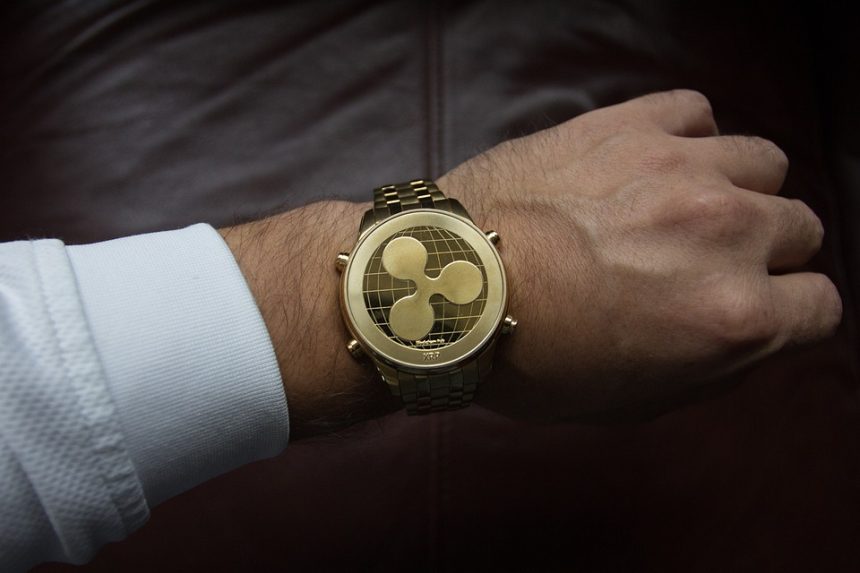In the fast-paced and often volatile world of cryptocurrencies, the concept of diversification has emerged as a pillar of prudent investment strategy. As the market continues to evolve with the introduction of new technologies, regulatory challenges, and shifting investor sentiment, understanding how to effectively craft a resilient crypto portfolio becomes crucial for both novice and seasoned investors alike.
Understanding Diversification in Crypto
Diversification involves spreading investments across different assets to reduce risk. In the context of cryptocurrencies, this means not putting all your funds into a single coin or token. Instead, a diversified portfolio might include a mix of established cryptocurrencies like Bitcoin and Ethereum, emerging altcoins, stablecoins, and even blockchain-related assets such as decentralized finance (DeFi) and non-fungible tokens (NFTs).
The primary aim of diversification is to mitigate risks associated with market volatility and the distinct behaviors of various cryptocurrencies. By spreading investments, the detrimental impact of a poor-performing asset can be balanced by the positive performance of others.
The Components of a Resilient Crypto Portfolio
-
Core Holdings:
- Bitcoin (BTC) and Ethereum (ETH) often serve as the foundation of a crypto portfolio due to their relatively established market positions and adoption. Bitcoin, often referred to as digital gold, boasts a large market cap and institutional interest, while Ethereum serves as a platform for numerous applications, making it attractive to investors.
-
Diversified Altcoins:
- Beyond the core assets, investors should consider allocating a portion of their portfolio to altcoins. Selecting projects with strong use cases, solid fundamentals, and growth potential can provide opportunities for higher returns. It’s essential to conduct thorough research into the technology, team, and market positioning of potential altcoins.
-
Stablecoins:
- Including stablecoins like USDC, USDT, or DAI in your portfolio can provide a buffer during periods of high volatility. These cryptocurrencies are pegged to fiat currencies, helping to preserve value and provide a stable means of exchanging crypto assets without cashing out.
-
Emerging Technologies:
- Investing in sectors such as DeFi, NFTs, or blockchain scalability solutions can enhance portfolio diversification. While these areas come with higher risks, they can also yield significant rewards for those willing to research upcoming projects carefully.
- Geographical Diversity:
- Explore international projects from various markets. Cryptocurrencies are not bound by geographical limitations, and investing in projects from other regions can expose you to different trends and demand drivers.
Risk Management Strategies
-
Dollar-Cost Averaging:
- Consistently investing a fixed amount over time, regardless of market conditions, can help reduce the impact of volatility. This approach allows investors to accumulate more assets when prices are low and fewer when prices are high.
-
Regular Rebalancing:
- As the value of different assets within your portfolio fluctuates, rebalancing helps ensure your portfolio aligns with your initial investment strategy. This means selling portions of assets that have increased significantly and buying more of those that have decreased in value, maintaining your desired asset allocation.
-
Staying Informed:
- The crypto landscape can change rapidly. Keeping abreast of market news, technological developments, and regulatory changes is vital for making informed investment decisions.
- Setting Realistic Expectations:
- The allure of high returns can lead to impulsive decisions. Educating yourself about the market’s historical performance, understanding potential pitfalls, and setting realistic goals can prevent emotional trading.
Conclusion
Crafting a resilient crypto portfolio is an art that combines strategic asset selection, rigorous research, risk management, and adaptability. While the inherent volatility of the crypto market presents challenges, diversification can help smooth out the ride. By thoughtfully spreading investments across various assets, investors can not only protect their capital in uncertain times but also position themselves for growth as the blockchain ecosystem continues to mature. With the right approach, the art of diversification can lead to a sustainable and flourishing investing experience in the world of cryptocurrencies.


